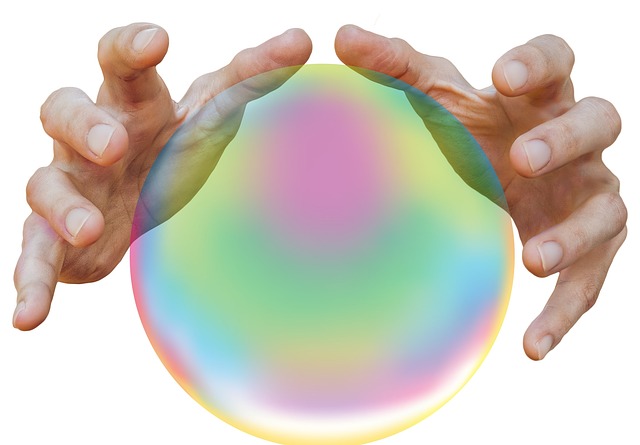Understanding Palm Reading: A Complete Guide
Discover practical guides on palm lines, hand shapes, and their meanings. Learn what your Life Line, Heart Line, and other markings may reveal in palmistry traditions. Explore the world of palm reading with insights that connect culture, symbolism, and curiosity.

What are the main lines in palm reading?
Palm reading primarily focuses on three major lines: the Life Line, the Heart Line, and the Fate Line. Each of these lines is believed to represent different aspects of an individual’s life and personality.
The Life Line, contrary to popular belief, is not necessarily indicative of lifespan. Instead, it is thought to reflect overall vitality, major life changes, and physical health. A deep, clear Life Line is often associated with good health and resilience.
The Heart Line, sometimes called the Love Line, is interpreted to reveal information about a person’s emotional life, relationships, and attitudes towards love. Its length, curvature, and depth can provide insights into one’s romantic tendencies and emotional well-being.
The Fate Line, also known as the Destiny Line, is believed to represent career paths, life direction, and major life events. Not everyone has a prominent Fate Line, and its presence or absence is not considered inherently positive or negative.
How does relationship palm reading work?
Relationship palm reading focuses on interpreting aspects of the hand that are thought to relate to interpersonal connections and romantic experiences. Practitioners often examine the Heart Line in detail, as well as other features such as the Venus Mount (the fleshy area at the base of the thumb) and the Marriage Lines (short horizontal lines on the side of the hand below the little finger).
The shape and quality of the Heart Line are particularly significant in relationship readings. A long, curvy Heart Line might suggest a person who is expressive and passionate in relationships, while a straighter line could indicate a more pragmatic approach to love.
It’s important to note that palm reading should not be considered a definitive guide to relationships or used as the sole basis for making important life decisions. Instead, it can be viewed as a tool for self-reflection and personal insight.
What are some rare palm lines and their meanings?
While the Life, Heart, and Fate Lines are common to most hands, some individuals possess rarer lines or markings that palm readers interpret as significant. These uncommon features can include:
-
The Simian Line: A single line that runs across the palm, merging the Heart and Head Lines. It is relatively rare and is sometimes associated with intensity of purpose or unconventional thinking.
-
The Ring of Solomon: A curved line under the index finger, interpreted as a sign of wisdom or teaching ability.
-
The Girdle of Venus: An arc between the index and little fingers, above the Heart Line, often associated with sensitivity and emotional intensity.
-
The Sun Line: A vertical line under the ring finger, sometimes linked to fame, creativity, or success.
-
The Bracelet Lines: Horizontal lines on the wrist, with some practitioners believing that more lines indicate a longer life.
It’s crucial to approach these interpretations with an open mind and critical thinking. The presence or absence of these lines does not definitively determine a person’s traits or future.
How accurate is palm reading as a predictive tool?
The accuracy and validity of palm reading as a predictive tool are subjects of ongoing debate. While many people find palm reading intriguing and potentially insightful, it is not considered a scientific method by the academic and medical communities.
Critics argue that palm reading relies heavily on the Barnum effect, where individuals tend to accept vague, general descriptions as specifically applicable to themselves. Additionally, the lines and features of the hand can change over time due to factors like age, injury, or occupation, which complicates long-term predictions.
Proponents of palm reading often view it as a tool for self-reflection rather than a means of fortune-telling. They argue that discussing the interpretations can lead to valuable introspection and personal growth, regardless of the method’s predictive accuracy.
What qualifications do palm readers typically have?
There is no standardized certification or licensing requirement for palm readers in most countries. Qualifications can vary widely, ranging from informal self-study to structured courses offered by palmistry schools or metaphysical organizations.
Some palm readers may have backgrounds in psychology, counseling, or other related fields, which they integrate into their practice. Others may combine palm reading with other divinatory practices like tarot or astrology.
When seeking a palm reading, it’s advisable to research the reader’s background, experience, and approach. Reputable practitioners should be transparent about their methods and the limitations of palm reading as a practice.
In conclusion, palm reading remains a fascinating aspect of many cultures worldwide. While its scientific validity is questioned, many find value in the practice as a means of self-reflection and personal exploration. As with any metaphysical practice, it’s important to approach palm reading with an open yet critical mind, recognizing its potential insights while also acknowledging its limitations.




